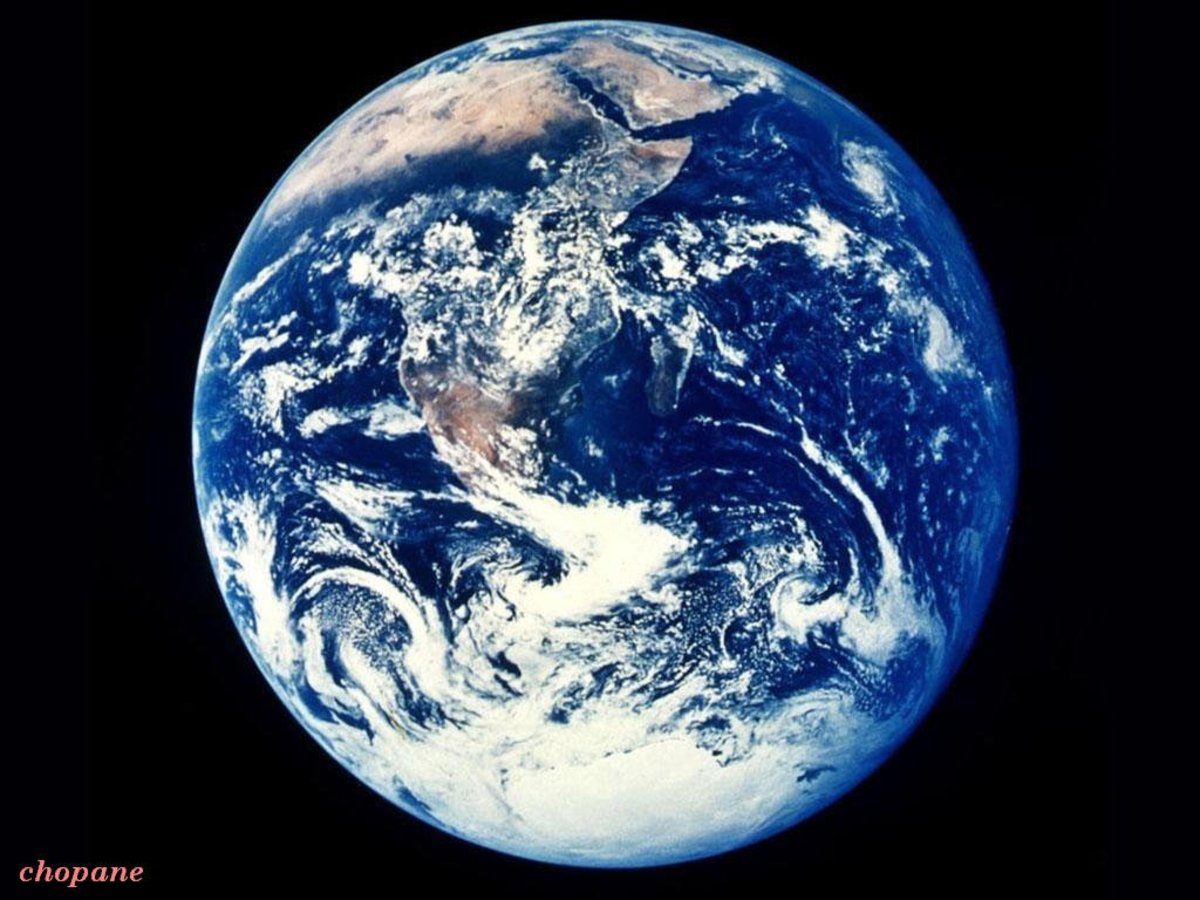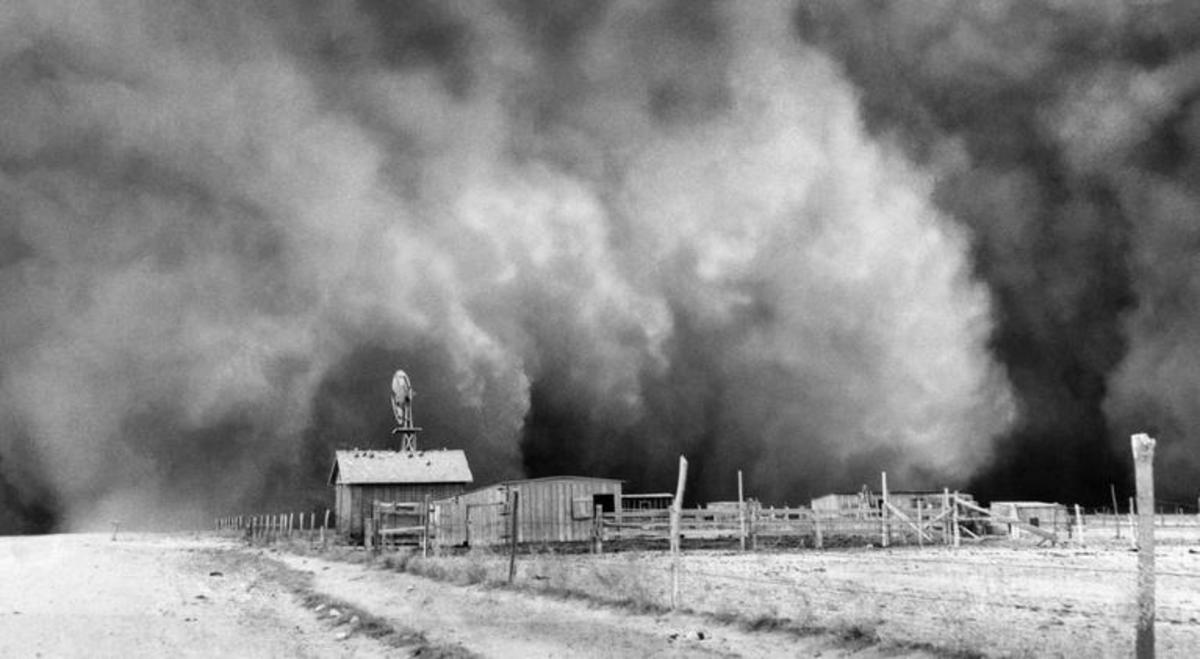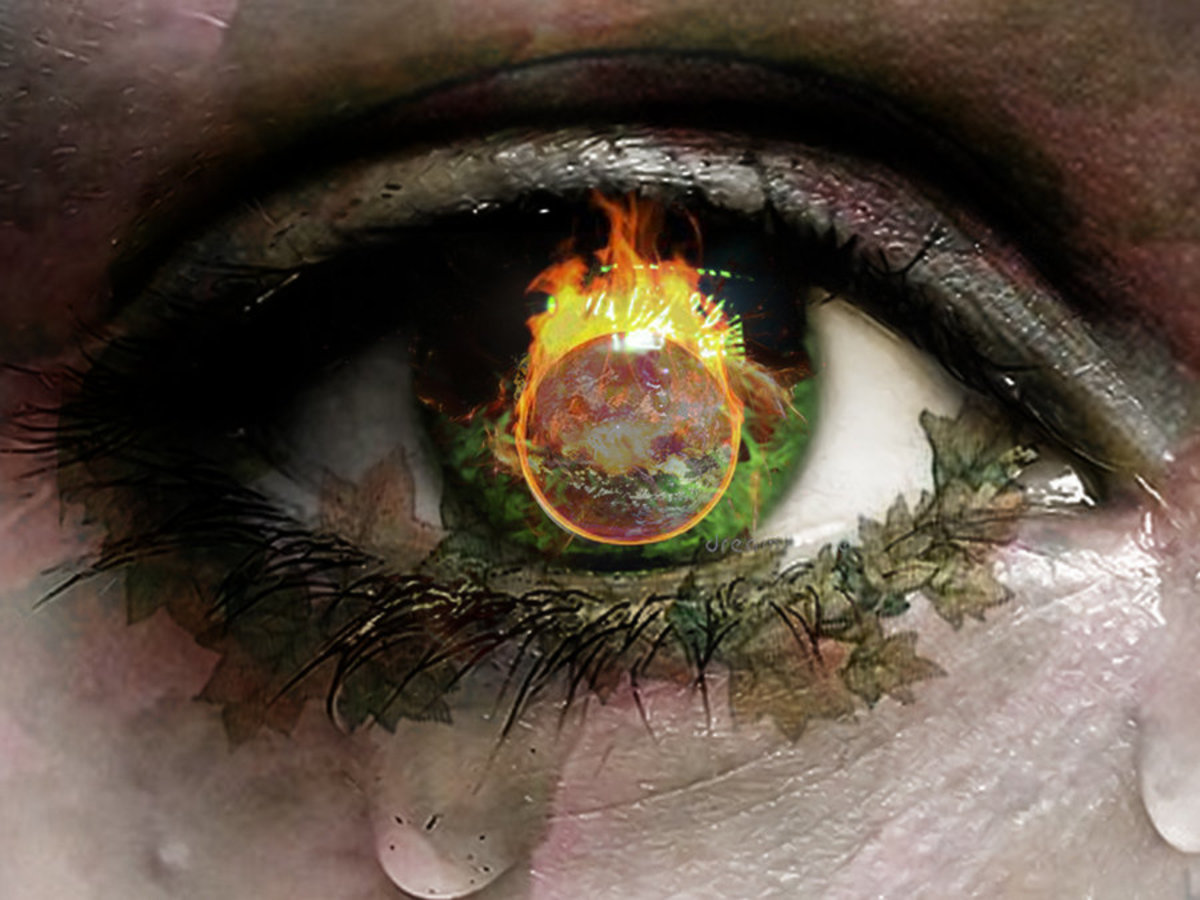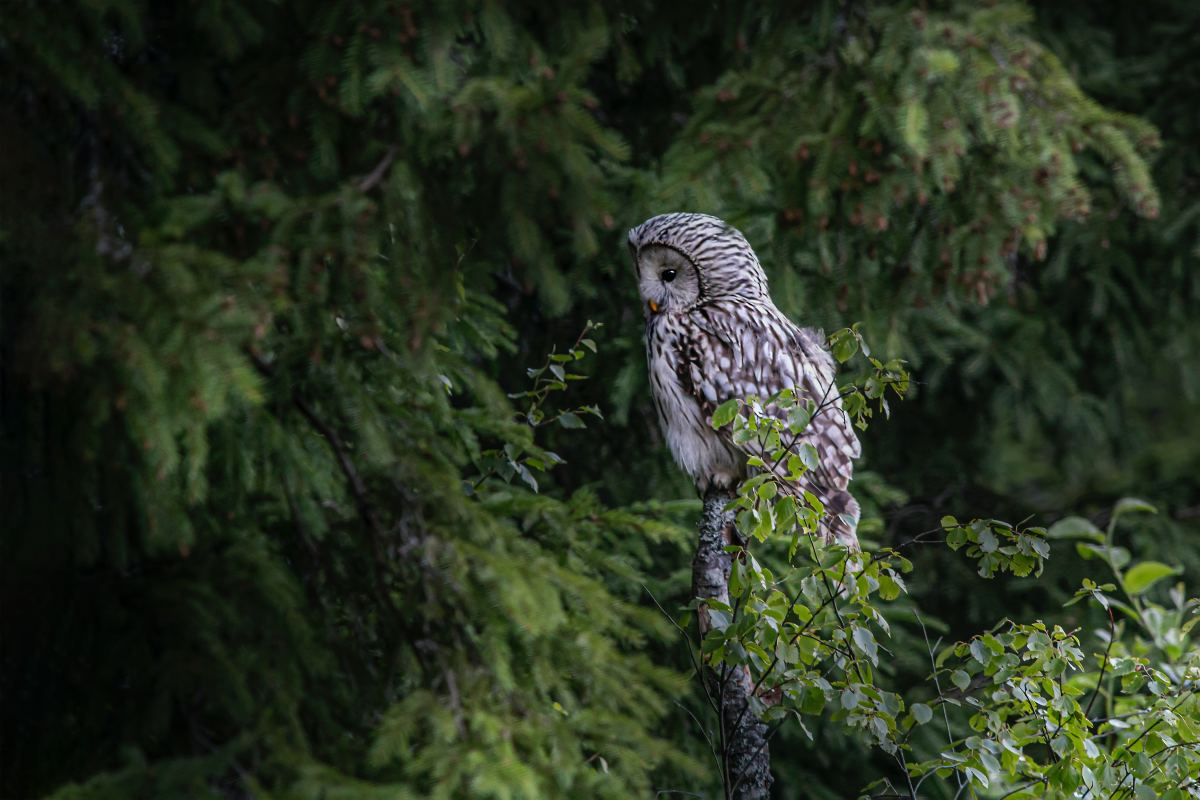Environmental Education - Balance in the Environment
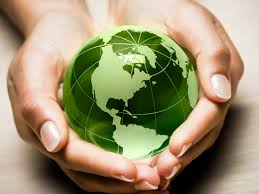
Ecological Balance - Our Responsibility
What is the basis of the life forms on this earth? Land, Water and Air. Are we maintaining them in their natural state? Who will be the one effected by the indiscriminate use of natural resources? "We". We can live only when there is balance in our eco system. If we behave ill towards nature, nature's reaction will be the same. We should protect the land, water, air, plants, animals, birds and insects. Let's learn how can we protect and save the ecological balance and how can we take up its responsibility. All life forms depend on natural resources such as soil. But unfortunately, these resources are depleting rapidly because we are using them carelessly.
Soil (Humus):
- Soil is an important natural resource.
- The dead animals, fallen leaves, seeds and barks of trees decompose and become part of the soil. This is called Humus.
- Humus provides the necessary nutrients to the plants and helps them grow.
- It stores the moisture in the layers of the land.
What should we do to protect the land fertility:
- We should grow trees on hills and slopes, as they prevent soil erosion.
- We should grow plants in schools and in vacant places at home. These plants can prevent the loss of the fertile top layer of the soil.
- In areas with scanty rain fall, farmers should raise only those crops that do not need much water.
- Use crop rotation methods.
- Not allowing cattle to graze in lands where the grass is thin.
- Not allowing the leaves, grass and soil to wash away in the rain water.
Why should we save water?
- Ground water, rainfall, moisture and snow form our water environment.
- Our only source of fresh water is rain. Thus, we should save water.
Water shed method:
Places where agriculture depends only on rain water, the water shed method is most efficient.
Watershed: The channelisation of the rain water, that falls on higher areas like hillocks, towards the neighbouring low lying areas and stored is called watershed.
Uses of Watershed:
- It increases the moisture in the soil and prevents soil erosion.
- The ground water table increases.
- This water is useful for crops, cattle and birds.
- Provides water to the areas around by.
Recharging the Rain water:
- Letting the rainwater to get absorbed into earth by digging Pits, building water tanks, storing the rain water in drums is recharging rain water.
- If ground water levels go down, the concentration of fluoride present in ground water is felt more.
- Fluoride is harmful as it causes skeletal degradation and deformities.
- If the ground water is recharged with rain water, the percentage of fluoride in it will come down.
What can we do to save water everyday?
- Make a habit of using water carefully and reuse water whenever possible.
- Make it a habit to wash your hands near the trees after you have had your food.
- Less use of soaps and detergents saves water, reduce pollution and increase life span of clothes.
- Water recharge structures should be cleaned before the monsoons.
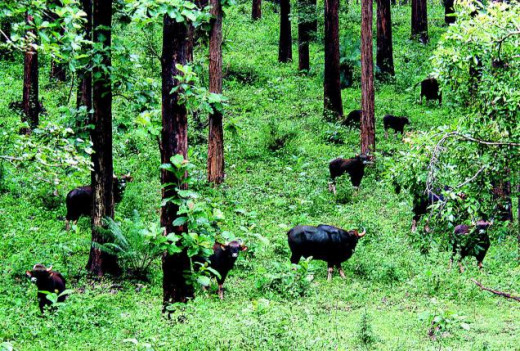
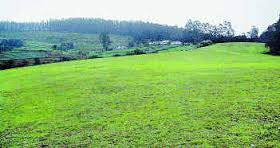
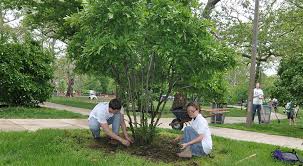
Protection of Forests, Grasslands and Temperate Environmental Systems:
Forests are rich natural resources. They provide us with timber, fire wood, honey, gum, fruits and herbs.
Forest: It is a place with thick foliage, big trees, a variety of birds and animals.
Uses of forests:
- They provide us with timber, fire wood, honey, gum, fruits and herbs.
- Rivers and streams flow through forests.
- They are a home to many wild animals, plants, trees, birds and other living forms.
- We get rain because the trees in the forests attract clouds.
- The trees in a forest are generally healthy because the pests on a tree are eaten away by a worm (or) a pest living on a near by tree.
- This keeps the forests alive and robust.
Grasslands:
- Grasslands add to our natural wealth and provide habitation to several birds, insects and animals.
- They function as carbon sinks by absorbing CO2
Parks:
- Urbanization and industrialization are adding to the air pollution.
- Parks not only beautify the city (or) town but, offer a lot of other advantages.
- Parks are the "lungs" of our urban areas.
Uses of Parks:
- They cool the temperature around.
- They increase the land value by adding beauty to the area.
- They reduce air and noise pollution.
- Prevent soil erosion.
- Provide habitat to birds and animals.
- They function as places of entertainment and relaxation.
- They act as play grounds and as natural gymnasiums.
- They provide us with fresh air.
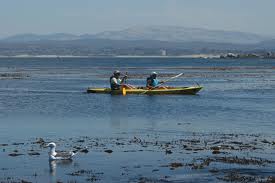
Protection of Marine Resources
Three fourths of the earth is covered by water. The rocky layers at the bottom of the sea are oil and natural gas reserves. The main product of marine resources are fish. Around 60 lakh people across the world depend on fishing for their livelihood. Fish contain abundant proteins and provide good nourishment.
Many types of fish by their eggs at a place in the sea that is close to rivers, called the estuary (or) mouth of the river.
Estuary: It is the meeting point of river and sea. It is also known as mouth of the river. Mangroves: Forests that grow near sea shores are called mangroves. They grow well in delta areas where the rivers join the sea.
- Sunder bans in west Bengal are the largest mangrove forests in the world.
- We find mangroves in the Krishna, Godavari delta areas and also in the Ganga delta area.
Function of Mangroves: Mangroves protect us from the intensity of natural calamities like Tsunamis.
Corals: Corals are the wonderful life forms that grow in marine waters at a depth where the sun's heat and light can reach them. They are brightly coloured due to the presence of natural pigments in them or due to the algae living within them. Coral reefs are the most ancient organisms among the plants and animals on the earth. But the industrial effluents, drainage water and garbage that enter the sea endanger coral reefs.
Functions of Coral Reefs:
- They provide shelter to smaller animals such as worms, snails, seafish, sea cucumbers, sea urchins, octopuses etc.
- Sea corals stall the sea waves and reduce the speed of water, protecting the coastal area from erosion.
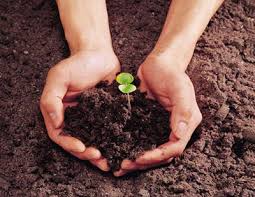
Protection of soil: Qualities of soil, Agriculture, Forests:
We know that soil is most important natural resource. After green house effect, the use of chemical pesticides has increased rapidly. The fertility of the soil is also lost due to growing the same kind of crop in an area. Every farmer should know the fact that alternating crops increases the soils fertility and keeps pests away.
We should use organic fertilizers instead of chemical fertilizers. Cow dung based compost is also very effective to nourish the soil. We can take "Cuba" as an example of not using chemical fertilizers. It stands in the fore front in the production of food products.
Measures to be taken for the protection of forests:
- Forests can be protected by preventing them from being turned into agricultural lands.
- Instead of depending on natural forests for firewood, we can take up social forestry.
- We should avoid hunting of wild animals, cutting of forests, dams, mining, limitless pressure on grazing lands etc.
- Fire accidents in forests should be prevented.
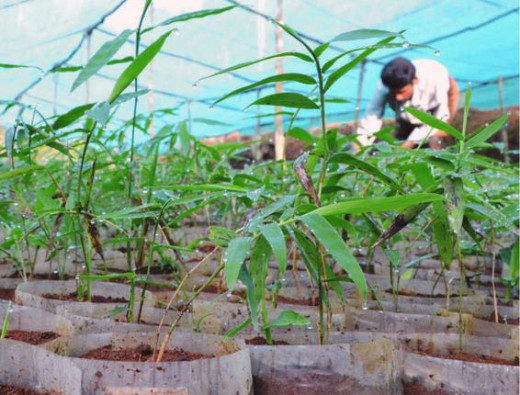
Vana Samrakshana Samithis:
Protection groups of forests are known as Vana Samrakshana Samithis.
Social Forest: Man-made forests are called social forests.
Agro-Forestry: Growing trees along with agriculture in the farm is called Agro Forestry
Protection of wild life:
- Our state's forests are habitats for mammals like the tiger, leopard, wolf, wild dog, hyena, bear, gaur, black buck, Chinkara, Chousingha, Nilgai, Chital, Samber and many others.
- Forests not only protect the biodiversity, but also the soil, its fertility and rain water.
- To protect different kinds of trees, national parks and sanctuaries have been established by the government.
- We should always keep in mind that no life form should be disturbed from its natural habit
There are two types of protecting plants and animals:
- 'EX SITU' Protection: Protection of species of plants and animals by taking them away from their natural habitat to a place where such habitat is created artificially is called "EX SITU" protection.
- "In SITU" Protection: Protection of species of plants and animals in their natural habitat is called "In SITU Protection".
Reasons for the species to get extinct gradually:
- Increase in population
- Growing of needs of people
- Over utilization of resources.
- Business on the animals.

Biopiracy:
Stealthy acquisition of germplasm of plants and animals available in other places and countries establishing proprietory rights over them is called biopiracy.
The article 51(A)(g) of our Constitution:
The article 51(A)(g) of our constitution affirms that
- The primary responsibility of every citizen is to be kind towards birds, animals and trees.
- It is the responsibility of every citizen to protect the natural ecology of the nation's forests, lakes, rivers, tanks and canals.
Biotechnology:
- The science that caters to the needs of the growing population is termed as Biotechnology.
- The term "Biotechnology" was first used by Karl Ericke in 1919.
Uses of Biotechnology:
- We can produce antibiotics from bacteria and fungi
- We can produce medicines to fight cancer.
- We can also produce growth hormones and insulin.
- We can produce sweet substances without using sugar.
- We can manufacture abundant quantities of enzymes needed in industries.
- We can produce better pulses and better proteins.

